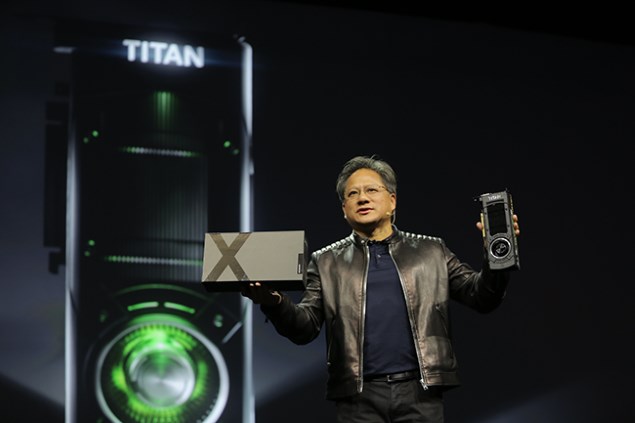Business/Channel/IT Magazine/Magazine Advertisement india/New Feature/News/price and specification/Product Launch/Technology News
1 min read
Nvidia GeForce GTX Titan X Launched at $999; Drive PX for Self-Driving Cars Unveiled
Tags:
- autonomous cars
- cars
- Drive PX
- Gaming
- GeForce Titan
- GeForce®
- graphics
- nVidia
- NVIDIA GeForce GTX TITAN
- Nvidia GeForce GTX Titan specifications
- Nvidia GeForce GTX Titan X
- Nvidia GeForce GTX Titan X launch
- Nvidia GeForce GTX Titan X Launched at $999; Drive PX for Self-Driving Cars Unveiled
- Nvidia GTC
- Nvidia Titan
- self-driving cars






